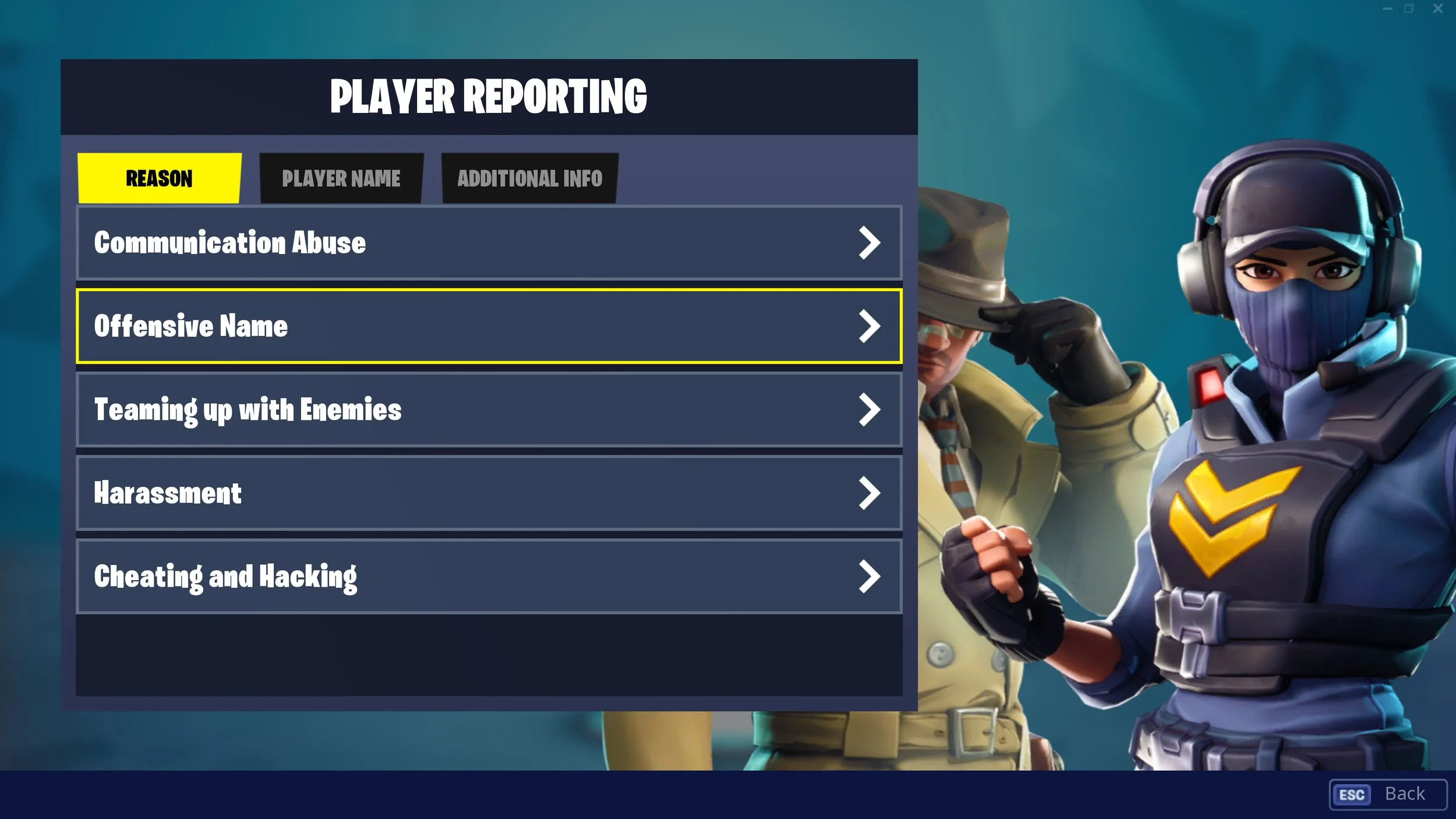Combating toxic user behavior
Video games and social media can be great escapes from our daily lives but it also can be an outlet for the dark sides of our personalities. This is why designers need to find ways of dealing with toxic behaviour by creating features and mechanics that discourage it, such as reporting systems and mute buttons. In this article, we'll explore the psychology of the Shadow and how it relates to video games and toxic behaviour.
The Dark side
In psychology, the Shadow is a part of the psyche that we all have, and it's often responsible for our toxic behaviour. When we're anonymous online, we're more likely to act out our shadow impulses. We're less inhibited and more likely to say or do things that we wouldn't normally do in real life. And because there are no consequences for our actions, we can easily become addicted to this type of behaviour.
Social media has developed some systems and features to combat toxic user behaviours. Twitter introduced a verification process to encourage people to have real profiles. Reddit has a karma system that acts like a user's score, unlocking a few benefits—namely, allowing you to start your own subreddit and join some exclusive communities. It is also why Youtube removed the dislike button counter from videos and why Instagram removed the like count.
So how do we work with our shadow side? The first step is acknowledging that it exists. We all have a dark side, and it's important to learn to control it rather than let it control us. Second, we need to be aware of our triggers—the things that set off our negative behaviours.
The Different Types of Toxic Behavior in video games
There are many different types of toxic behaviour that can occur in video games. Some of this toxic behaviour can be attributed to the game itself, while other times it is the result of the players within the game. Here are some of the most common types of toxic behaviour and how designers can stop it.
1. Griefing: Griefing is a type of behaviour where players intentionally try to make the game less enjoyable for others. This can be done by purposely killing teammates in a cooperative game or spamming offensive messages in chat. Griefing can ruin the gaming experience for everyone involved, so designers must take steps to prevent it.
2. Cheating: Cheating is another form of toxic behaviour that can occur in games. This is when players use third-party software or exploits to gain an unfair advantage over others. Cheating can make the game less enjoyable for everyone, so designers should take steps to prevent it.
3. Harassment: Harassment is any type of abusive or threatening behaviour directed at another player. This can include things like sexual harassment, racism, and homophobia. Harassment can make the game less enjoyable for everyone, so designers should take steps to prevent it.
4. Exploiting: Exploiting is when players use bugs or glitches in the game to gain an unfair advantage. This can be anything from using an infinite money glitch to farm items, to using a map exploit to get to hard-to-reach areas. Exploiting can make the game less enjoyable for everyone, so designers should take steps to prevent it.
5. Boosting: Boosting is when players team up to artificially inflate their stats or level up faster than intended. Boosting can make the game less enjoyable for everyone, so designers should take steps to prevent it. There are many other types of toxic behaviour that can occur in video games. These are just some of the most common ones. Designers should take steps to prevent all types of toxic behaviour to make sure that everyone can enjoy the game.
How to Prevent Toxic Behavior
There are many things that designers can do to prevent toxic behavior in their games. Here are some of the most effective methods:
1. Set up clear rules and regulations: The first step is to set up clear rules and regulations about what is and isn't allowed in the game. These rules should be made available to all players, and there should be consequences for breaking them. This will help to deter players from engaging in toxic behavior.
2. Use positive reinforcement: Another method of preventing toxic behavior is to use positive reinforcement. This means rewarding players who don't engage in toxic behavior, and punishing those who do. This will help to discourage players from being toxic, and will make the game more enjoyable for everyone.
3. Create a healthy community: A healthy community is one that is supportive and respectful of others. Designers can create a healthy community by promoting positive behaviors, and by punishing negative ones. This will help to create an environment where players feel safe and respected, and are less likely to engage in toxic behavior.
4. Be proactive: The best way to prevent toxic behavior is to be proactive about it. This means being quick to report any incidents of toxicity
Case study: Fortnite
Fortnite has a player reporting system
Fortnite is built with a toxicity report system that helps players report other players for being toxic. The system is triggered when a player reports another player for being toxic. If the reported player is found to be in violation of the game's rules, they may be banned from Fortnite.
Fortnite uses machine learning to detect toxic players
Fortnite uses machine learning to detect toxic players. This technology is able to identify behaviours that are harmful to other players and take action accordingly. By identifying these behaviours early, Fortnite is able to keep players safe and prevent them from having a negative impact on the community.
Fortnite immediately suspends toxic players
Fortnite has a very robust anti-toxicity system in place, which is designed to immediately suspend players that are reported as toxic. This system is based on a number of factors including how often a player is reported, their account status, and their in-game behaviour.
Fortnite will notify the player’s friends if they are reported as toxic
Fortnite has always been a game that encourages social interaction, which is why it is so important that the game detects and prevents toxicity. Fortnite notifies players’ friends if they are reported as toxic so that the player can receive help and hopefully improve their gameplay.
Conclusion
The psychology of the Shadow is a fascinating topic and one that can help us to understand why people engage in toxic behaviour online. By understanding the human behaviour and psychology, we can develop strategies to help people deal with their negative impulses in a constructive way. Thank you for reading!

